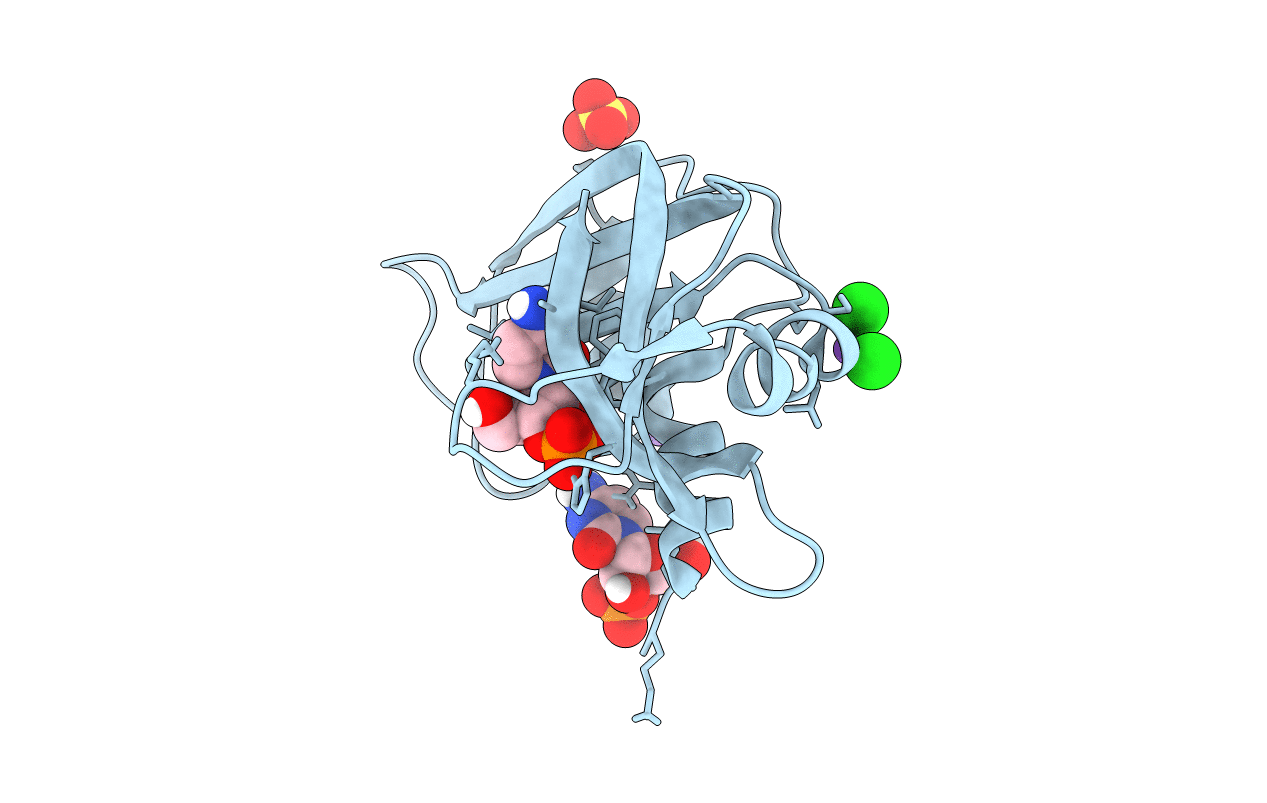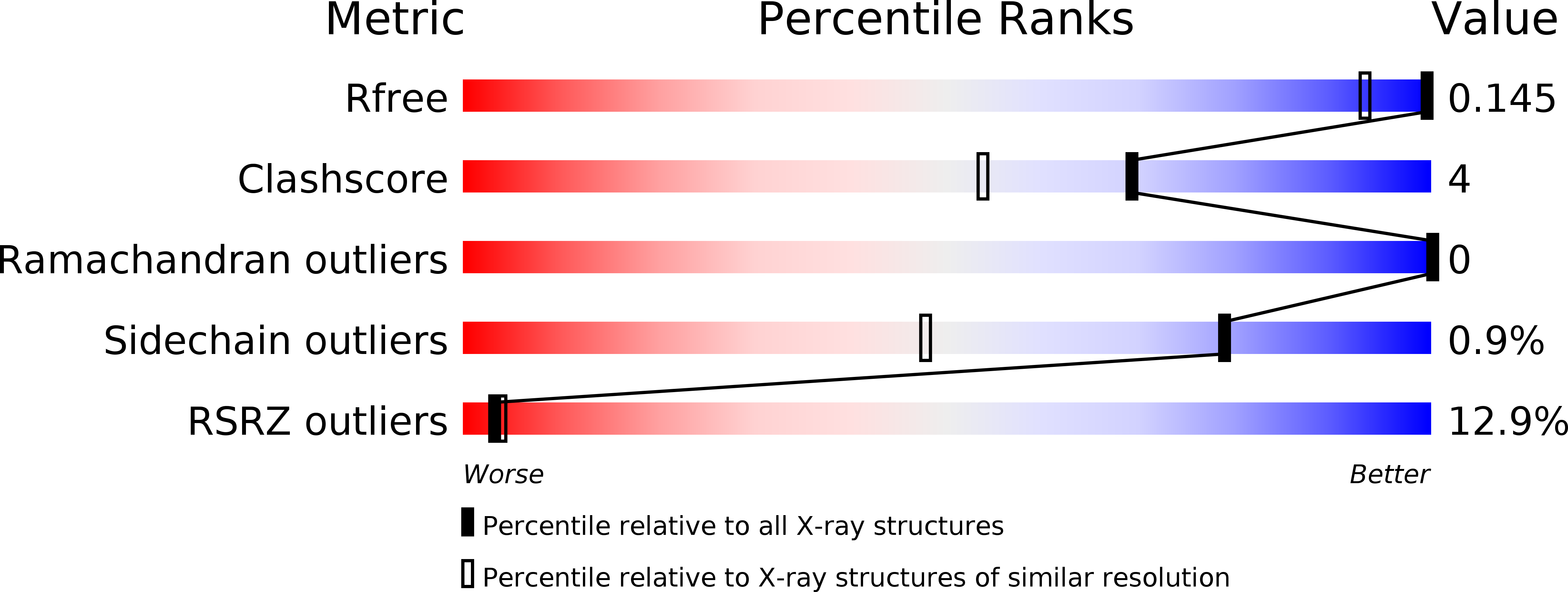
Deposition Date
2017-07-13
Release Date
2018-08-01
Last Version Date
2024-11-13
Entry Detail
PDB ID:
5OGH
Keywords:
Title:
Structure of RNase A at high resolution (1.16 A) in complex with 3'-CMP and sulphate ions
Biological Source:
Source Organism:
Bos taurus (Taxon ID: 9913)
Method Details:
Experimental Method:
Resolution:
1.16 Å
R-Value Free:
0.13
R-Value Work:
0.12
R-Value Observed:
0.12
Space Group:
P 32 2 1


